speak in Dakar Rally it is talking about models like the Mitsubishi Pajero, the Range Rover, the Citroën ZX Rallye Raid or even the Mercedes-Benz G-Class. toughest off-road vehicles in the world, and this list of 12 cars is proof of that.
From small SUVs to authentic “Frankenstein monsters”, which only kept their name from the original models, there is a little bit of everything in the long and rich history of the Dakar Rally.
What we propose is that you join us and get to know 12 cars that nobody expected to see on the Dakar Rally. Cars that were not born to face the African tracks at the outset, ended up participating in the premier off-road race, sometimes even achieving absolute victory.
Renault 4L Sinpar
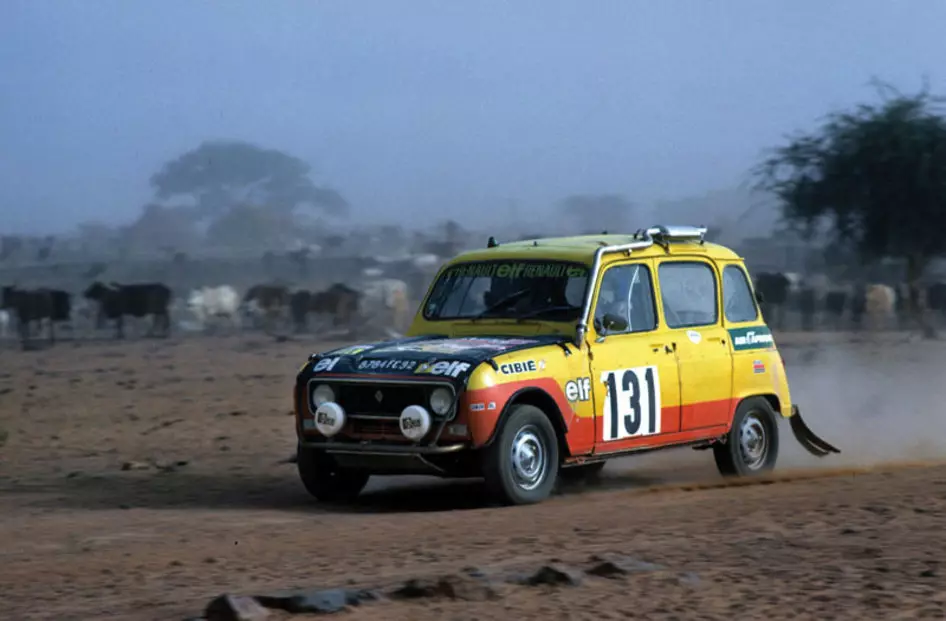
That the Renault 4L is a versatile model we all knew. But choosing her to participate in the Dakar Rally? We already have some doubts about this. However, those who had no doubts about the ability of the small Renault model to face the Dakar were brothers Claude and Bernard Marreau.
So, they took a Renault 4L Sinpar (all-wheel drive), fitted an extra fuel tank, specific shock absorbers and Renault 5 Alpine components (including the 140hp engine) and set out on the adventure.
In the first attempt, in the first edition of the race, in 1979, the brothers reached... a fifth place overall (when we say general it is really general, because at that time the classification mixed trucks, motorcycles and cars), being only behind a Range Rover among automobiles (the first three places were conquered by motorbikes).
Not happy, they returned in 1980 and, in a Dakar Rally that already divided the classification into categories, the French brothers took the tough Renault 4L to a brilliant 3rd place , just behind two Volkswagen Iltis officially registered by the German brand.
This was the last time the duo of brothers entered a Renault 4L in the rally, but it wouldn't be the last time you heard about them on one of the toughest rallies in the world.
Subscribe to our Youtube channel
Rolls-Royce Corniche “Jules”
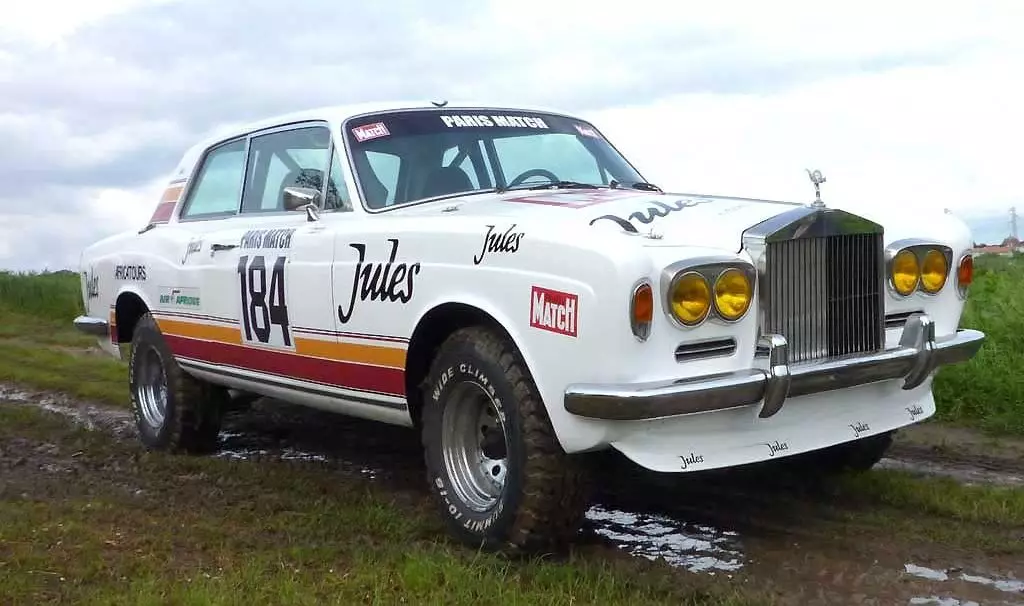
If the presence of a Renault 4L in the Dakar Rally can be considered surprising, what about someone who decided to enter a Rolls-Royce, known as one of the most luxurious cars in the world, in the off-road race?
The truth is that in 1981, a Frenchman named Thierry de Montcorgé decided that the ideal car to face the African desert was a Rolls-Royce Corniche . This would become known as “Jules”, in reference to the perfume line that stylist Christian Dior (the main sponsor of the project) was launching at that time.
The car sat on a tubular chassis and the Rolls-Royce kept the look and little else.
The original engine was replaced by a Chevy Small Block V8 with 5.7 l and 335 hp and the four-speed gearbox and four-wheel drive system came from a Toyota Land Cruiser. The car also had a higher suspension and off-road tires.
The result? The Rolls-Royce “Jules” arrived in Dakar but would be disqualified for having made an “illegal” repair while fighting for 13th place.
Jules II Proto
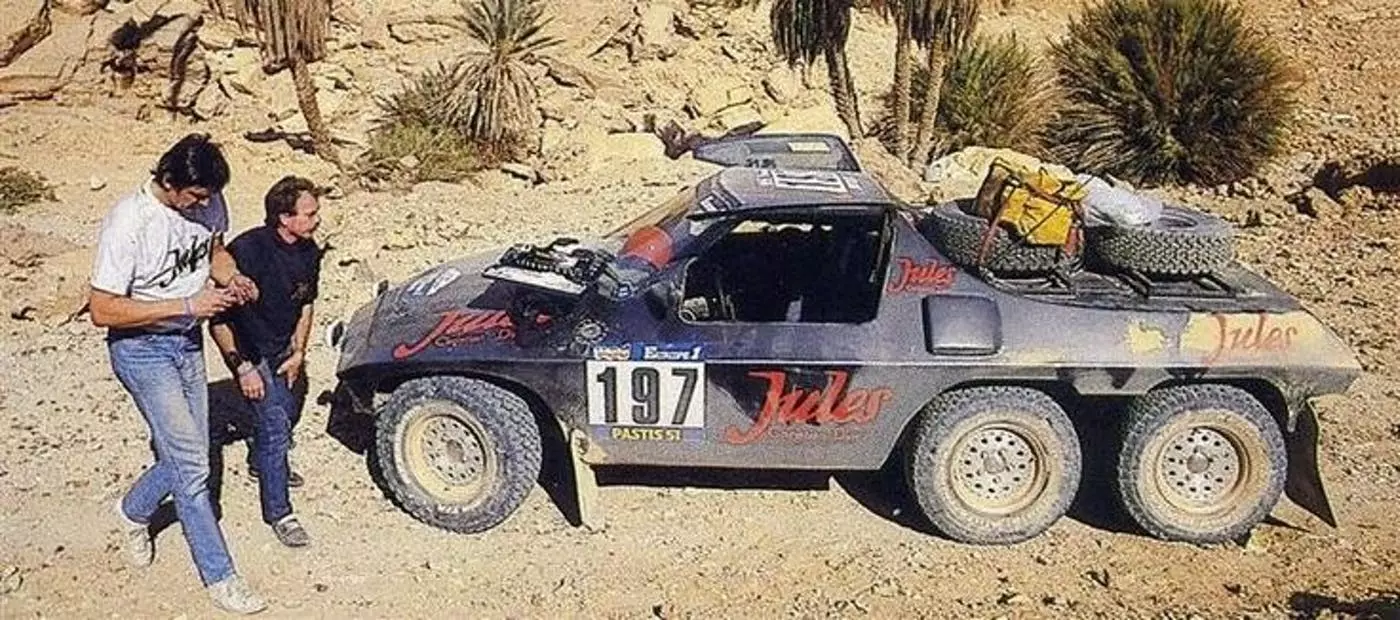
It would not be the last time that Thierry de Montcorgé faced the African desert. In 1984 he re-joined Christian Dior and created the Jules II Proto , a “monster” of six wheels with four of them driving, inheriting the Chevrolet V8 of the first Jules and the transmission of the Porsche 935.
Appearing to have been born in the “Mad Max” universe, it stands out from the rest on this list for not deriving from or looking like any other production car. This machine was conceived with only one objective: to participate in the tough Paris-Beijing Rally, three times longer than the Dakar.
As fate would have it, it ended up participating in the Dakar, as Paris-Beijing ended up not being held. Designed to do without support vehicles, and to overcome any obstacle at high speed, despite a promising start, the Jules II Proto would not go beyond the third stage, when it saw its tubular chassis break between the two rear axles, where it broke. found the engine.
Renault 20 Turbo

Do you remember the Marreau brothers and their Renault 4L? Well, after no longer competing with the small model of the French brand, the duo embarked on an adventure at the controls of a greater (but also more unknown) good. Renault 20 Turbo.
In the first attempt, in 1981, the brothers had to give up, as the mechanics of their Renault, equipped with a turbo engine and all-wheel drive, did not resist. However, in 1982 they re-inscribed the French model and, to the astonishment of many, achieved their first (and only) victory in the Dakar Rally , imposing the Renault 20 Turbo on models such as the official Mercedes-Benz of Jacky Ickx and Jaussaud or the Lada Niva of Briavoine and Deliaire.
The connection between Renault and the Marreau brothers would remain between 1983 and 1985, with the choice falling on the Renault 18 Break 4×4. However, in these three editions, the results were in a 9th place in 1983 and a 5th place in 1984 and 1985.
Renault KZ
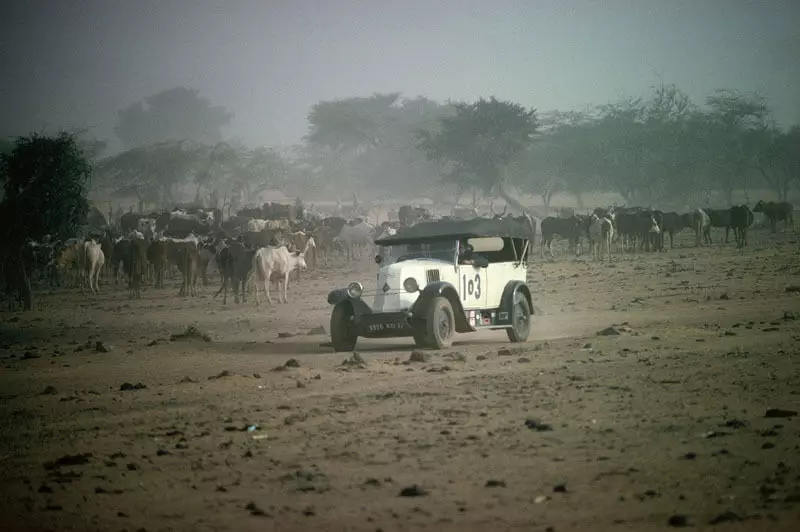
The first editions of the Dakar Rally are filled with models that belong anywhere but the African deserts. One of these models is the Renault KZ who participated in the off-road race in 1979 and 1980 at a time when his place would already be in a museum.
And why do we say this? Simple is that this Renault, which you've probably never heard of, left the stand in 1927 ! Equipped with an in-line four-cylinder engine with just 35 hp and a three-speed manual gearbox, this authentic relic not only participated in the first edition of the Dakar, but also managed to finish it, reaching a 71st place.
On its return to Africa in the 1980 edition, the Renault KZ nicknamed “Gazelle” managed to reach the shores of Lake Rosa in Dakar, but no longer made it into the classification, having abandoned the rally.
Citron Visa
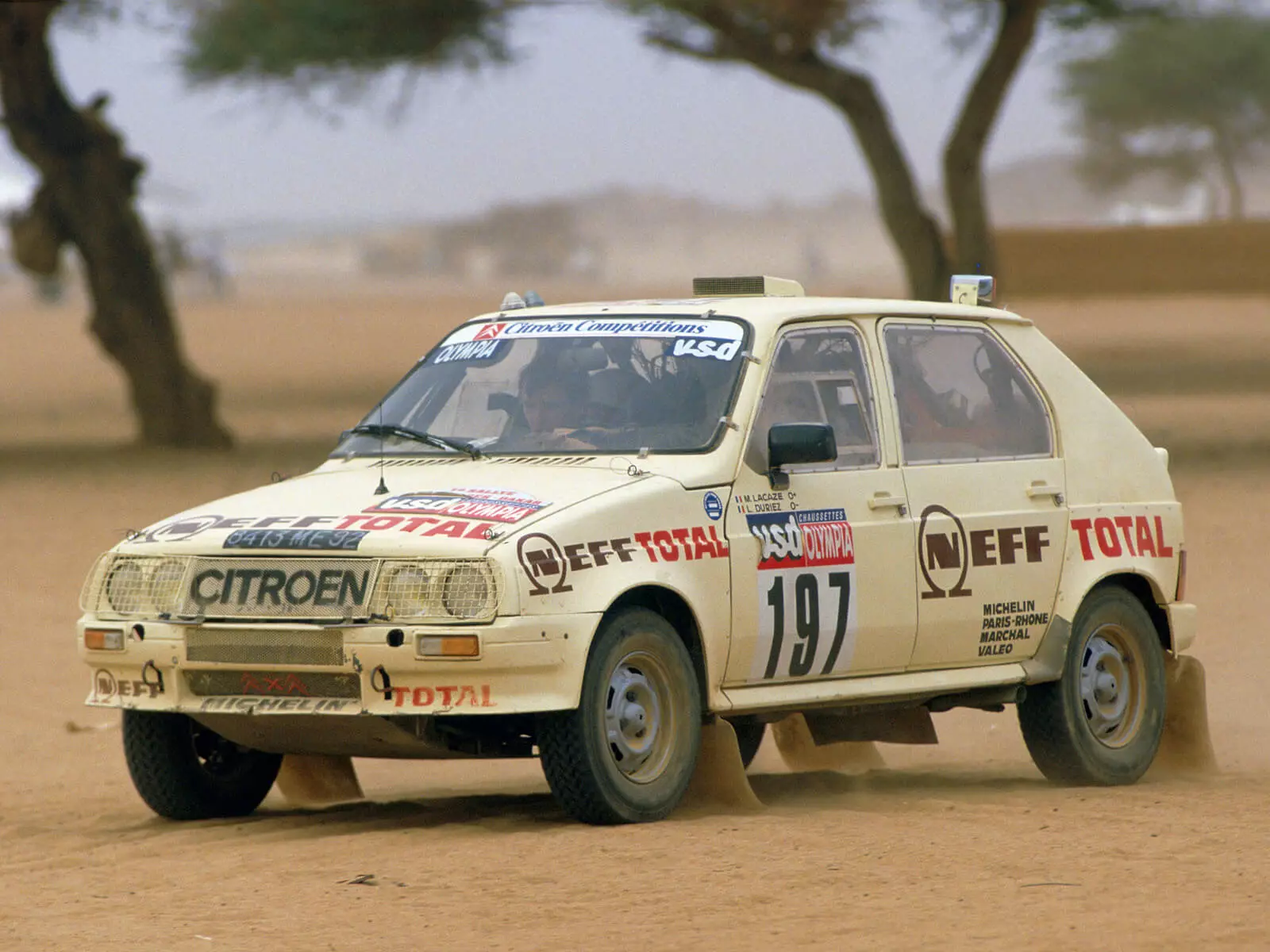
Most likely, if we talk about Citroën and Dakar, the model that comes to mind is the Citroën ZX Rallye Raid. However, this was not the only model from the double-chevron brand to participate in the demanding race.
A few good years before the arrival of the ZX Rallye Raid and between participation of models like the CX, DS or even Traction Avant, Visa also tried its luck in the race. Although there has already been the registration of a Citron Visa in 1982, it was necessary to wait until 1984 to see the small French SUV reach the end of the race.
In this edition, a semi-official Citroën team entered three Visas prepared for rallies and with two drive wheels. The result? One of them finished in 8th place, another in 24th and the third one withdrew.
In 1985 ten Citroën Visas were entered in the Dakar (both two- and four-wheel drive versions), but none of them managed to finish the race.
Porsche 953 and Porsche 959
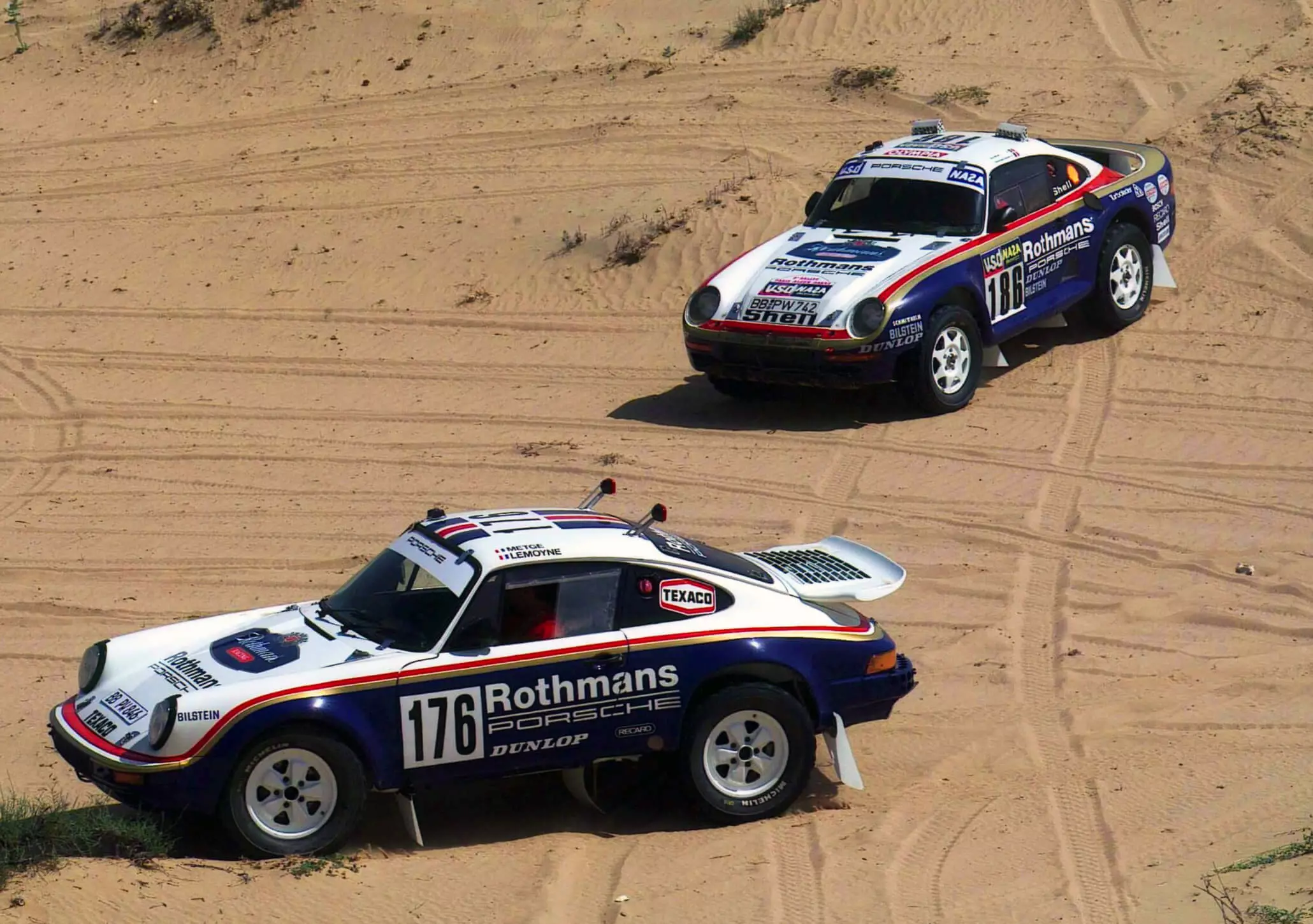
Talking about Porsche and motorsport is talking about victories. These victories are usually associated with asphalt or, at best, with rally sections. However, there was a time when Porsche also raced in the Dakar and when it did… it won.
Porsche's first victory in the Dakar Rally was in 1984, when a Porsche 953 — an adapted 911 SC and equipped with all-wheel drive — with René Metge at the controls, it surpassed all its competitors.
This result motivated the brand to register the Porsche 959 for the 1985 edition, although they are not equipped with the turbo engine. However, the three cars entered ended up giving up due to mechanical failures.
For the 1986 edition, Porsche “doubled” the bet, and brought back the 959, this time with the turbo engine that they should have originally, winning first and second place in the test , avenging the withdrawals of the previous year.
Opel Blanket 400
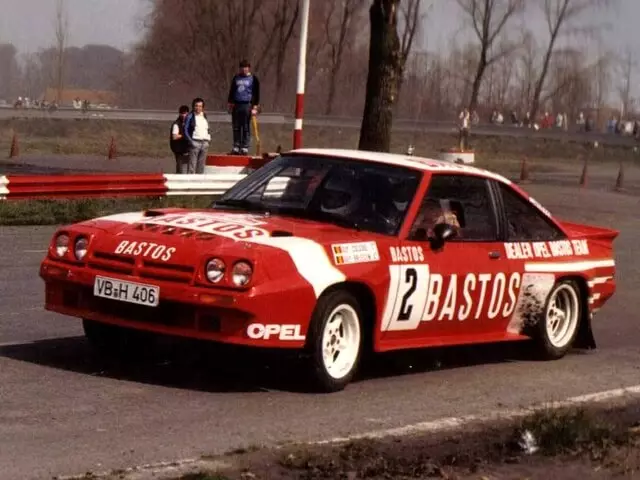
It was with an Opel Manta 400 like this that the Belgian driver Guy Colsoul won fourth place in the 1984 edition of the Dakar.
The 1984 edition of the Dakar was full of surprises. In addition to the unexpected victory of Porsche, and the eighth place achieved by a Citroën Visa, there was also room for a couple of Belgian drivers at the controls of a… Opel Blanket 400 stay in fourth place.
Reaching the end of the Dakar with a rear-wheel-drive coupe is a feat in itself, but making it one place below the podium is truly remarkable. Is that even though the Manta may be more adapted to rally sections than to the Dakar, the German coupé was able to surprise everyone and everything and rank ahead of models like the Range Rover V8 or the Mitsubishi Pajero.
Success led Opel to participate in the 1986 Dakar Rally with two Opel Kadett all-wheel drive prepared for Group B. Despite the pair of cars having suffered several mechanical failures and not having gone beyond 37th and 40th place, Kadett won the last two stages of this edition of the race, with the driver Guy Colsoul at the wheel .
Citroën 2CV
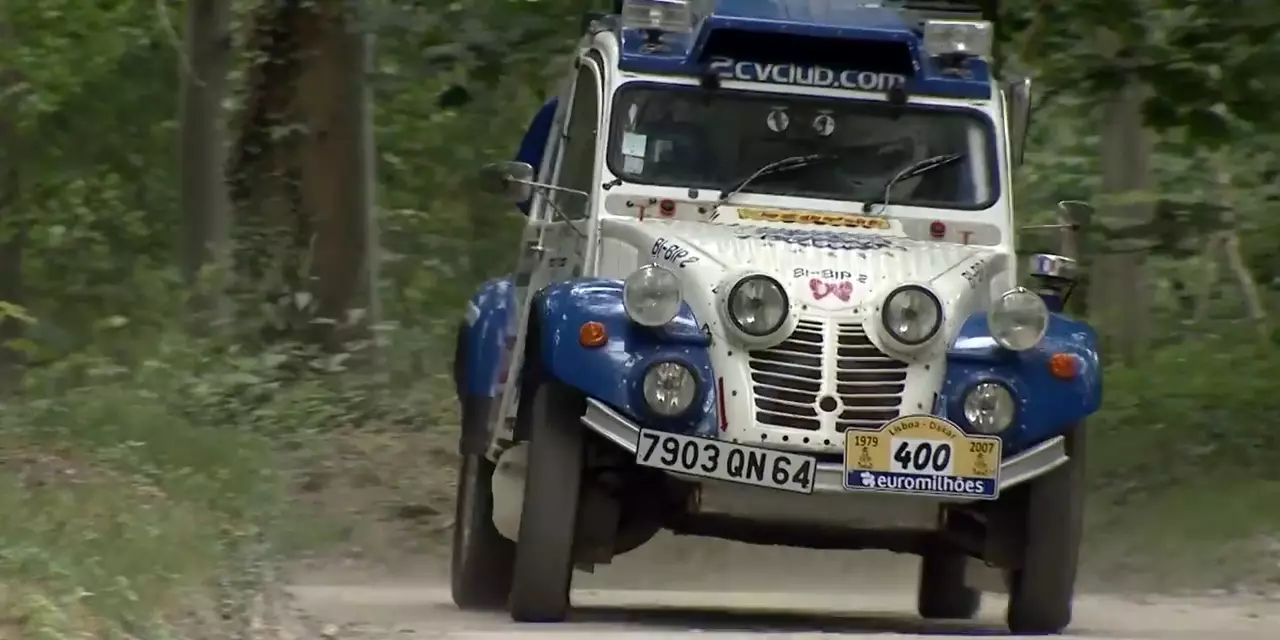
In addition to the Renault 4L, the Citroën 2CV also participated in the Dakar Rally. if you remember, We've already told you about this 2CV, called “Bi-Bip 2 Dakar” which was entered in the 2007 edition of the queen of off-road race.
Equipped with two Citroën Visa engines, this 2CV had… 90 hp and all-wheel drive . Unfortunately the adventure ended in the fourth stage due to a failure in the rear suspension.
Mitsubishi PX33
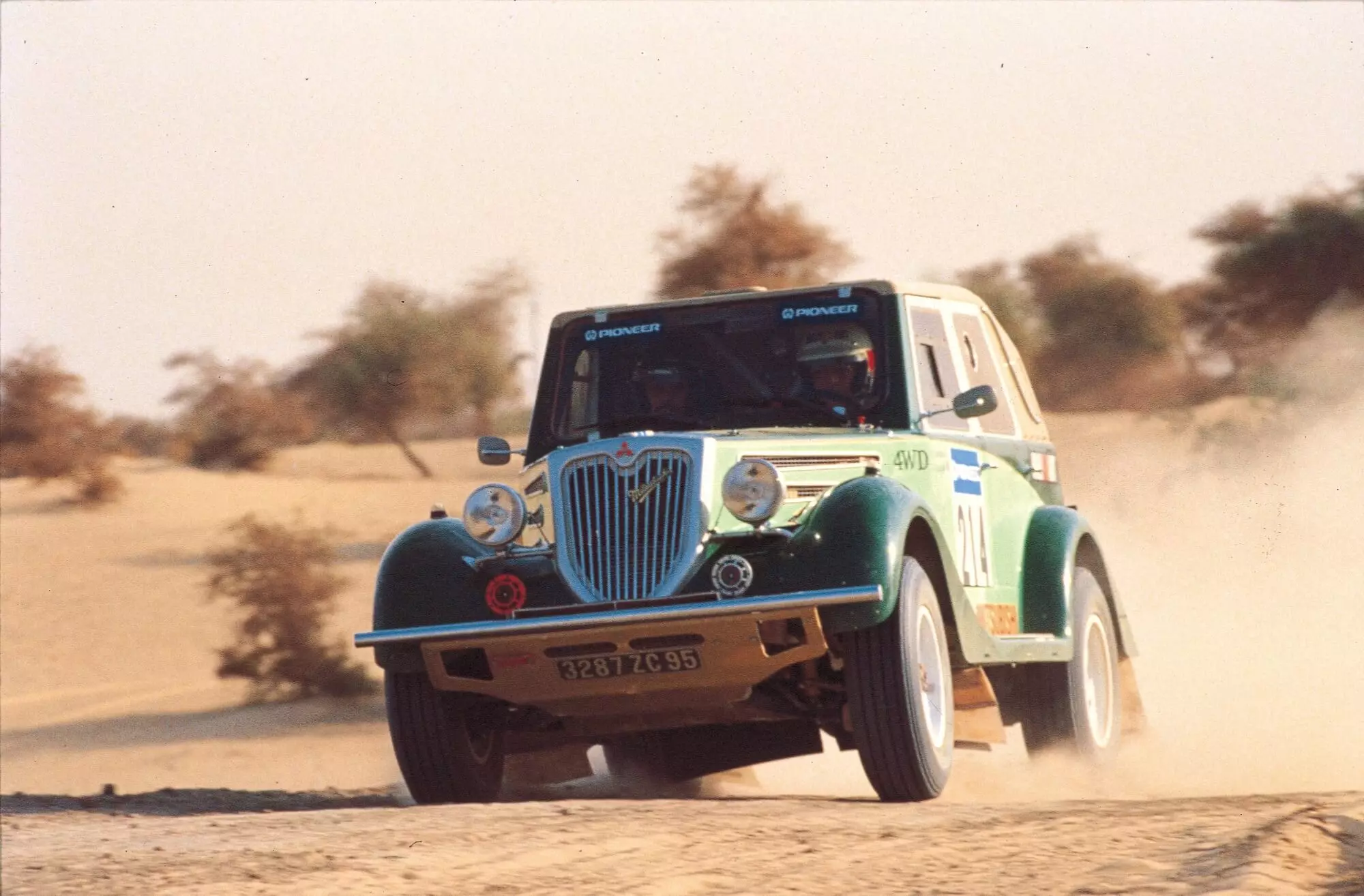
As a rule, talking about Mitsubishi and Dakar is talking about Pajero. However, in 1989 the French importer of the Japanese brand, Sonauto, decided to use the Pajero base to create a replica of the lesser-known good. PX33.
THE Mitsubishi PX33 The original was a prototype of a four-wheel-drive model created for the Japanese army in 1935. Although four were built, the car was never mass-produced. From then on, it would only be seen again in the 1989 edition of the Dakar, in the form of a replica, having even finished the race.
Mercedes-Benz 500 SLC
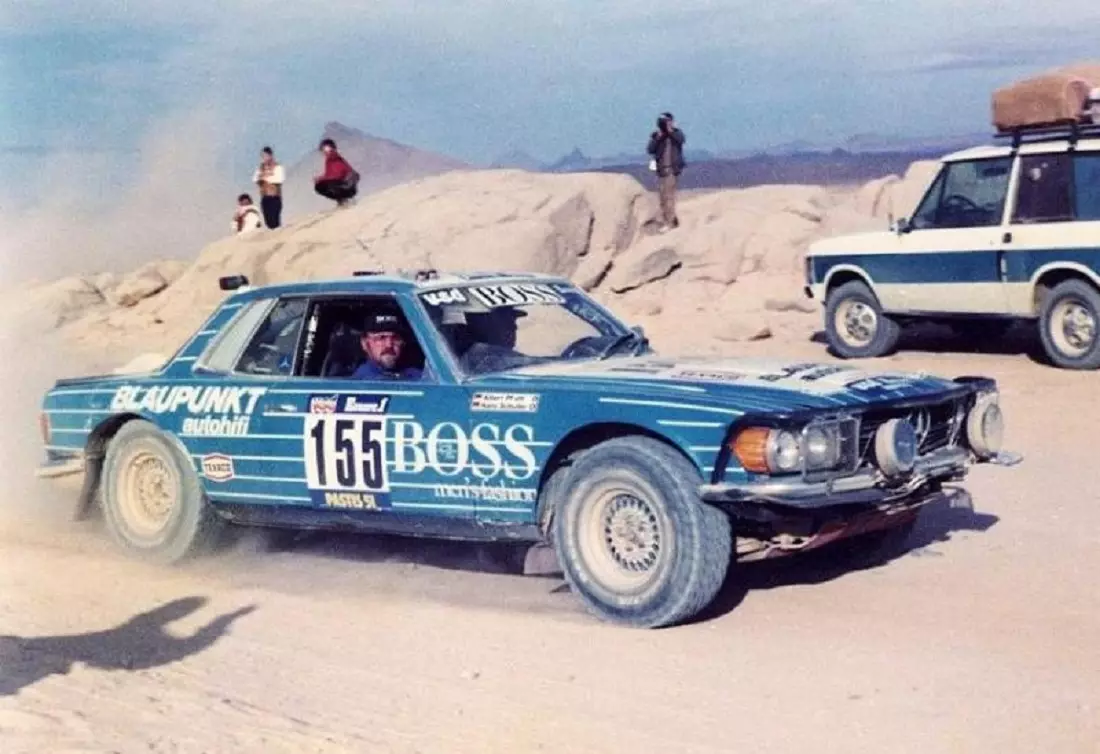
At first glance, everything in the Mercedes-Benz 500 SLC seems to say “made for riding only on asphalt”. However, that did not deter former Formula 1 driver Jochen Mass from taking part in the 1984 edition of the Dakar driving a Mercedes-Benz 500 SLC whose main alteration were huge off-road tires fitted to the rear wheels.
Apart from Jochen Mass, driver Albert Pfuhl also decided to face the African desert at the controls of the Mercedes-Benz coupe. In the end, the two Mercedes-Benzes managed to reach the end of the race, with Albert Pfuhl reaching 44th place and Jochen Mass finishing the race in 62nd place.
